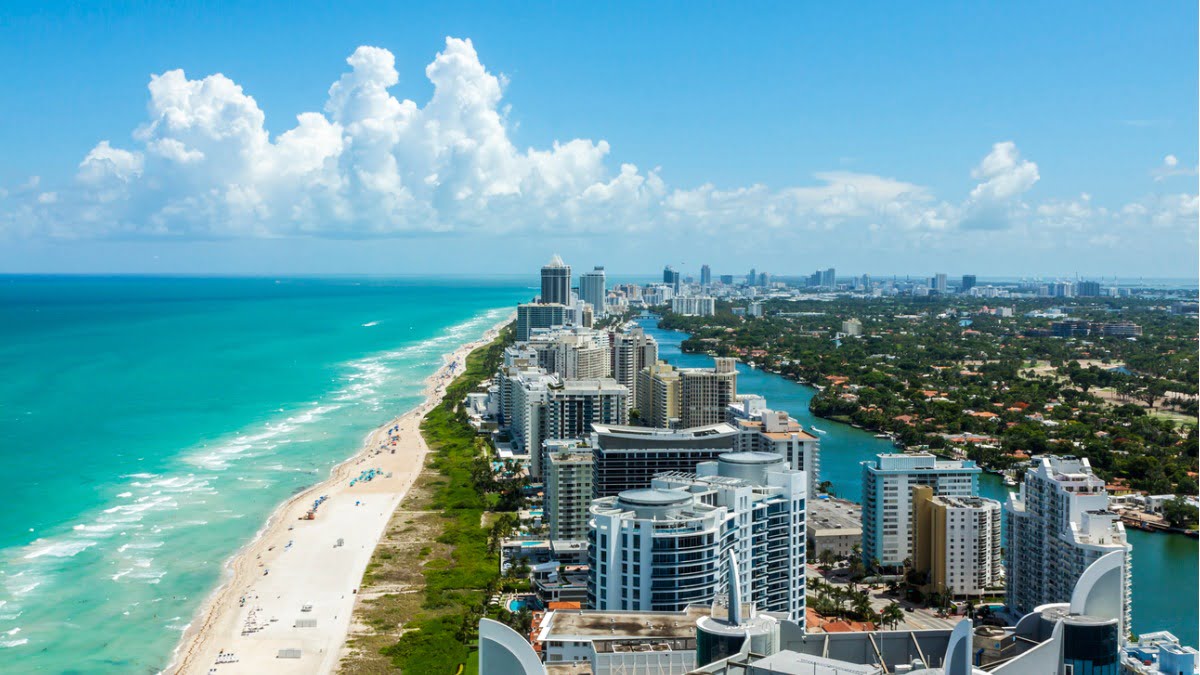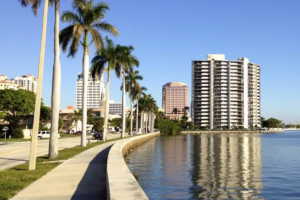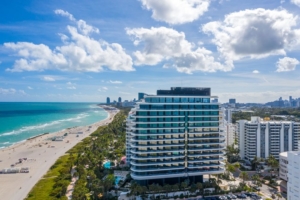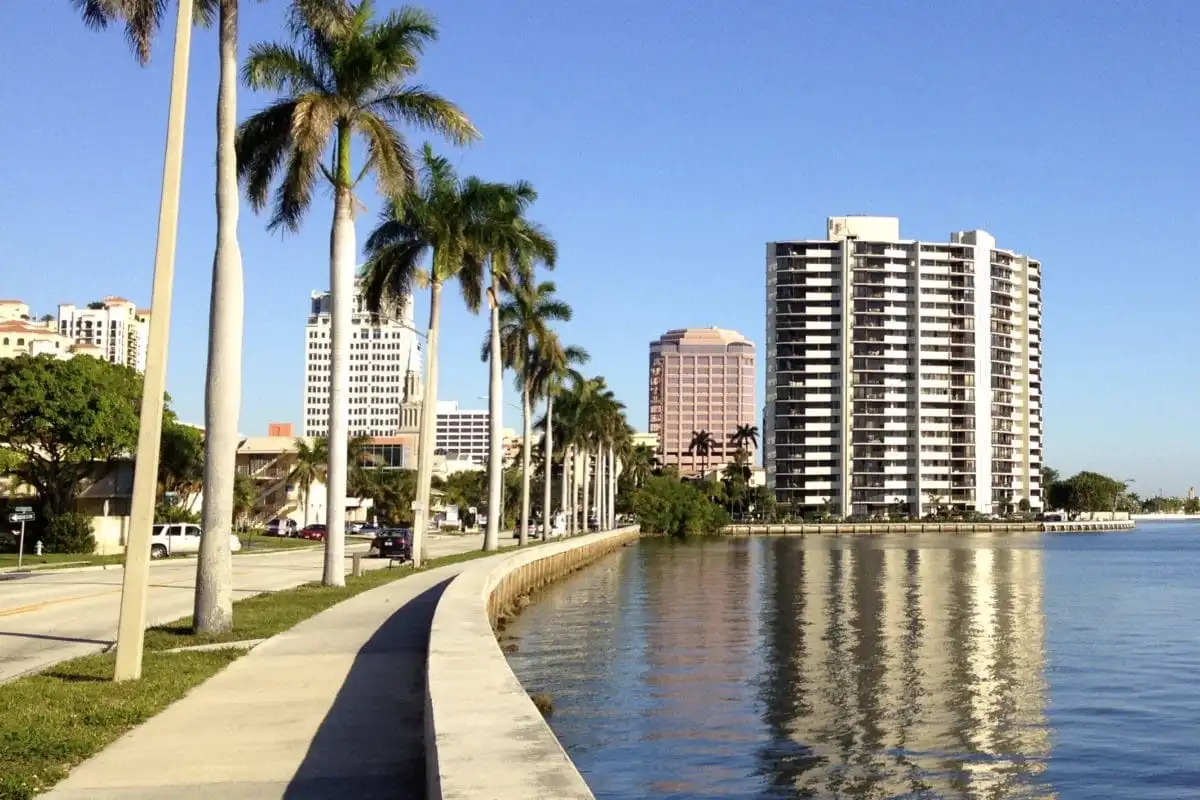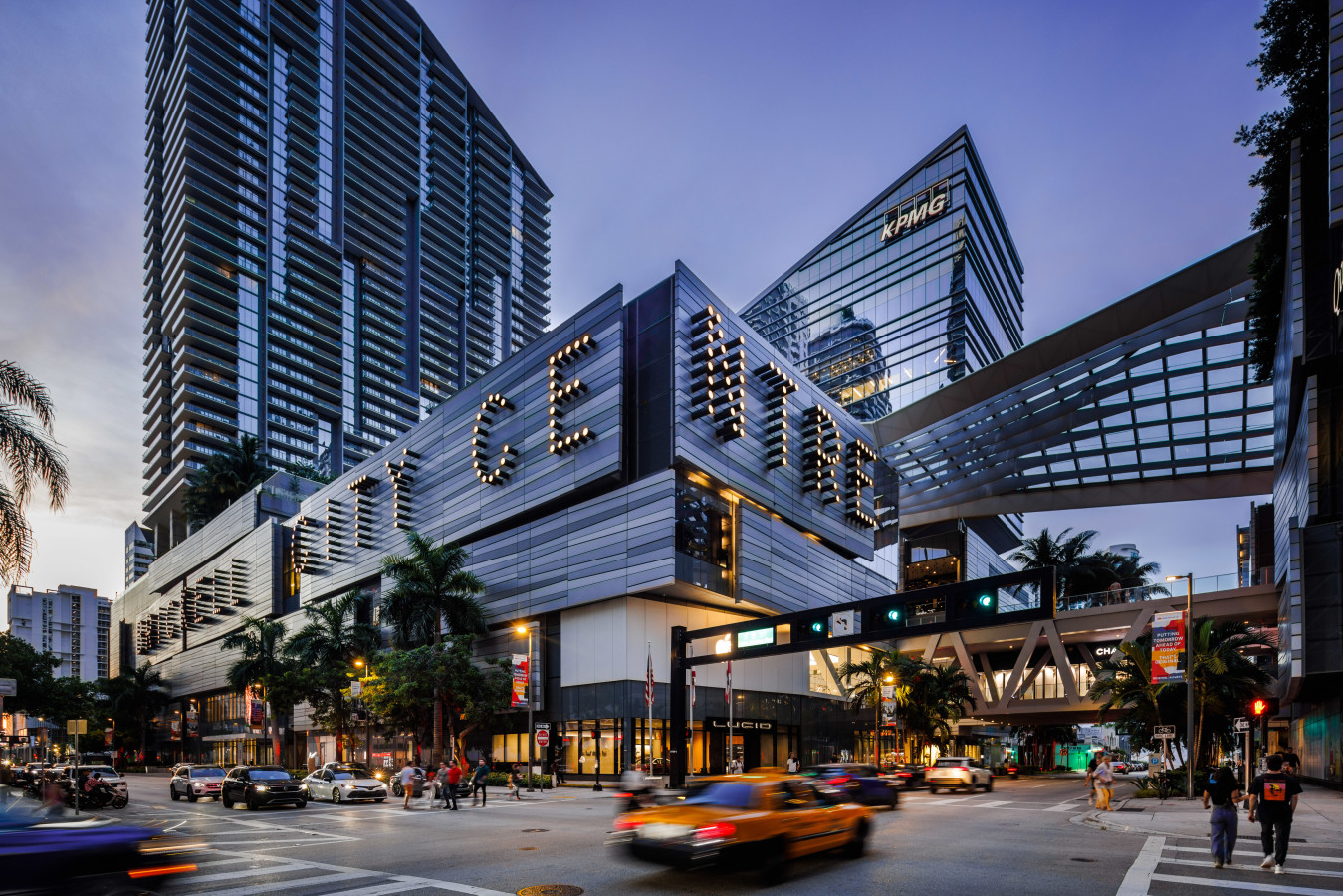Florida's Historic Districts Under Threat: How New Legislation Could Transform Miami Beach's Iconic Architecture
Miami Beach's Architectural Heritage Faces "Devastating" Legislative Threat
For the third time since 2023, the Florida Legislature is advancing legislation that local officials warn could effectively dismantle decades of historic preservation efforts in Miami Beach and across Florida. The proposed expansion of the controversial Live Local Act would allow developers to bypass local historic preservation ordinances and demolish architecturally significant buildings without meaningful municipal oversight.
Miami Beach Commissioner Alex Fernandez didn't mince words about the potential impact: "We are facing the biggest threat to Miami Beach culture and history in a generation. It threatens the very future of our city. South Beach will become Manhattan Beach."
The stakes are particularly high for Miami Beach's world-renowned Art Deco District, which features one of the world's largest intact collections of Art Deco architecture. Over 2,600 historically designated buildings could face potential demolition if the legislation passes as expected. The timing is particularly ironic—the House approved its version of the bill on April 29, exactly 100 years after Art Deco made its global debut at the 1924 International Exhibition of Modern Decorative and Industrial Arts in Paris.
How the Live Local Act Expansion Undermines Historic Protections
The original Live Local Act, passed in 2023, was purportedly designed to address Florida's housing affordability crisis. It allows developers to override local zoning constraints if they designate 40% of units as "workforce housing" for households earning up to 120% of local median income—approximately $96,000 annually in Miami-Dade County.
The proposed expansion significantly widens the law's scope to include virtually all areas with commercial uses like hotels or restaurants while simultaneously "preempting" local authorities' ability to prevent demolitions. For Miami Beach, this means almost the entire city outside single-family neighborhoods would be vulnerable to unrestricted development.
Key concerns about the expanded legislation include:
- It would allow replacement of the predominantly two- and three-story Art Deco buildings with towers up to 500 feet (approximately 50 stories)
- Developers would receive substantial property tax breaks while overriding local zoning controls
- If cities attempt to block Live Local projects and lose in court, taxpayers must cover developers' attorney fees
- Buildings could be demolished without review by zoning or historic preservation officials
Miami Beach Mayor Steven Meiner joined Commissioners Laura Dominguez, Kristen Rosen Gonzalez, and David Suarez in a rare show of unity against the legislation, holding a press conference outside the historic Cardozo Hotel on Ocean Drive—owned by music icons Gloria and Emilio Estefan.
The Tourism and Housing Impact
Critics argue that this legislation threatens not only the architectural character that drives tourism in Miami Beach but also its affordable housing stock. Historic districts around South Beach's Flamingo Park and North Beach contain thousands of older, more affordable apartments in a rapidly gentrifying city.
"Miami Beach's Art Deco architecture tells the story of who we are," said Emilio Estefan in a statement released by the city. "Our Art Deco buildings, like the Cardozo, define Miami Beach and set us apart from every other city in the world. It's a treasure we must cherish and protect for future generations."
The tourism industry, which generates billions for the local economy, relies heavily on the cohesive historic scale and distinctive architectural style of Miami Beach's oceanfront districts. Preservationists warn that allowing unrestricted development would fundamentally alter the character that attracts millions of visitors annually.
Legislative Progress and Political Reactions
Despite concerns from local officials, the legislation has steadily progressed through committee reviews. The House passed its version by an overwhelming 109-3 vote on April 29, after Representative Vicki Lopez removed protections for historic districts she had initially included. The Senate version passed 36-0 on April 16, with Senator Ileana Garcia, whose district includes South Beach, voting in favor.
Notably, the Beach's own representative, Fabian Basabe, voted in favor of the House bill that local officials say threatens his district's architectural heritage. Democratic Senator Shevrin Jones, whose district covers northern Miami Beach, was absent for the vote while recovering from emergency surgery.
George Neary, interim director of the Miami Design Preservation League, joined city officials in opposing the legislation, emphasizing the statewide implications for historic districts beyond Miami Beach, including places like St. Augustine and Key West that similarly depend on historic tourism.
The Development Reality Behind the Legislation
While the Live Local Act has been presented as a solution to Florida's housing crisis, critics point out that not a single Live Local project has broken ground since the original legislation passed in 2023. Real estate experts suggest this is because high-rise construction remains economically challenging even with tax incentives, particularly given rising construction costs and tighter lending conditions.
One high-profile proposal for a tower by the owners of the historic Clevelander Hotel on Ocean Drive became a flashpoint in the dispute between developers and the city. While the Legislature amended the law last year specifically to overcome Miami Beach's objections to that project, the developers have yet to submit a formal application.
City officials suggest the current push for expanded demolition rights may be driven by developers floating proposals in areas that would benefit from removing the city's ability to protect historic landmarks. The cumulative effect of recent legislation—including a "resiliency law" that already leaves significant stretches of Miami Beach's Atlantic shoreline vulnerable to unimpeded demolition—represents what Commissioner Fernandez called "the doom of South Beach."
Insights: Understanding the Historic Preservation Battle
Why is Miami Beach's Art Deco architecture so important?
Miami Beach's Art Deco District contains what is believed to be the world's largest or second-largest mostly intact collection of buildings in that architectural style. These structures not only define Miami Beach's unique visual identity but serve as the foundation of a tourism industry worth billions annually. The streamlined Art Deco style became dominant in Miami Beach during the 1930s, creating a cohesive architectural landscape that distinguishes it from any other destination globally.
Doesn't Florida need more affordable housing?
While Florida faces a genuine affordable housing crisis, critics argue the Live Local Act fails to address true affordability needs. The "workforce housing" designation in Miami-Dade applies to households making up to $96,000 annually, well above what most service industry workers in the tourism sector can afford. Additionally, historic districts like those in North Beach often contain naturally occurring affordable housing in older, smaller-scale buildings that would likely be replaced with luxury developments if demolition restrictions are removed.
What happens if these bills become law?
If enacted, these bills would effectively override local control of historic districts, allowing developers to demolish protected buildings without meaningful review. Miami Beach officials predict a dramatic transformation of the cityscape, with potential replacement of the human-scaled Art Deco District with high-rise towers up to 50 stories tall. Beyond the architectural impact, this would fundamentally alter the character and scale that has made South Beach a global tourism destination.
Has similar legislation been attempted before?
Yes, this represents the third attempt in two years to pass legislation that would override local historic preservation powers. A 2023 "resiliency law" initially threatened widespread demolition but was scaled back after statewide protests. However, even the modified version left significant portions of Miami Beach's Atlantic shoreline vulnerable to unrestricted redevelopment. Earlier this year, developers won approval to replace two historic hotels on Collins Avenue with luxury condos—the first demolitions under the resiliency law—as the preservation board was legally powerless to intervene.
Who benefits from these legislative changes?
The primary beneficiaries appear to be developers seeking to build larger and more profitable projects in prime locations currently protected by historic designation. While the legislation is framed as promoting affordable housing development, critics note that no Live Local projects have broken ground despite tax incentives and zoning overrides. The requirement that taxpayers cover developers' legal fees if cities unsuccessfully challenge these projects creates an additional disincentive for local governments to defend their historic districts.

